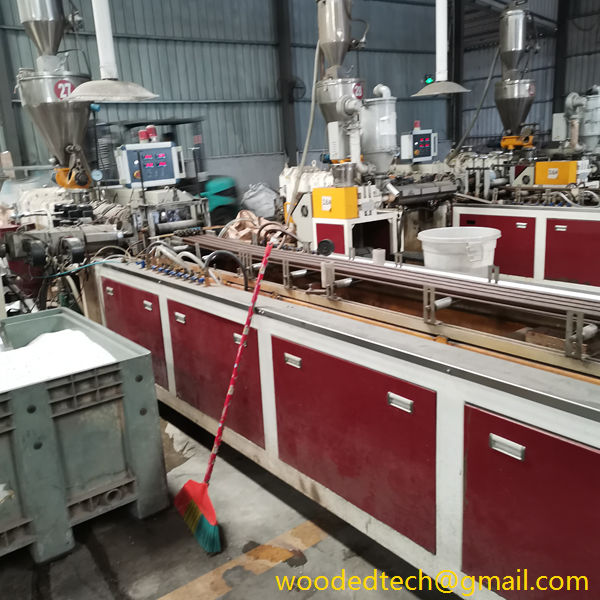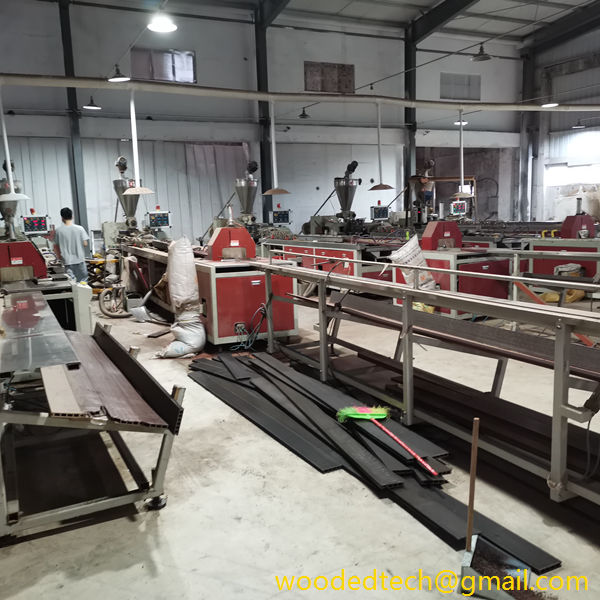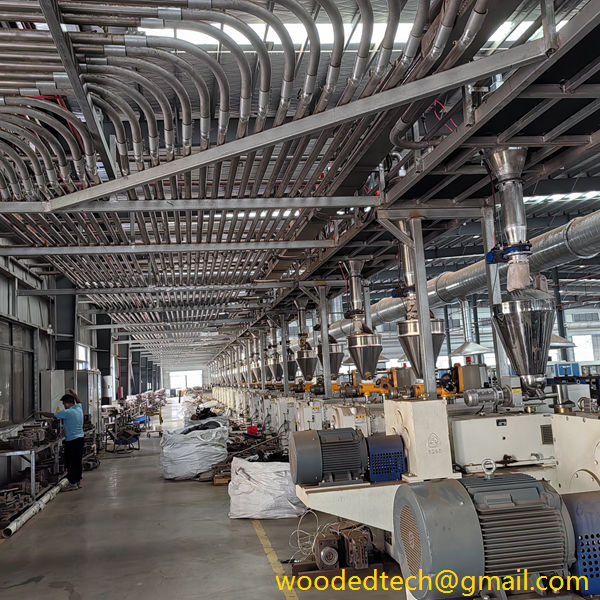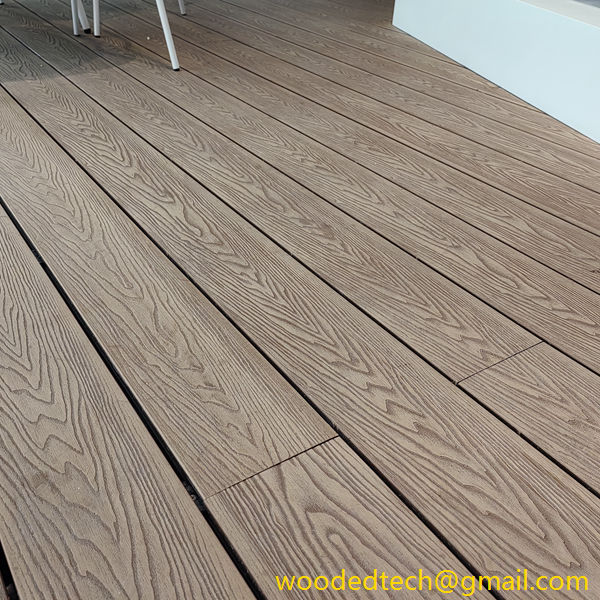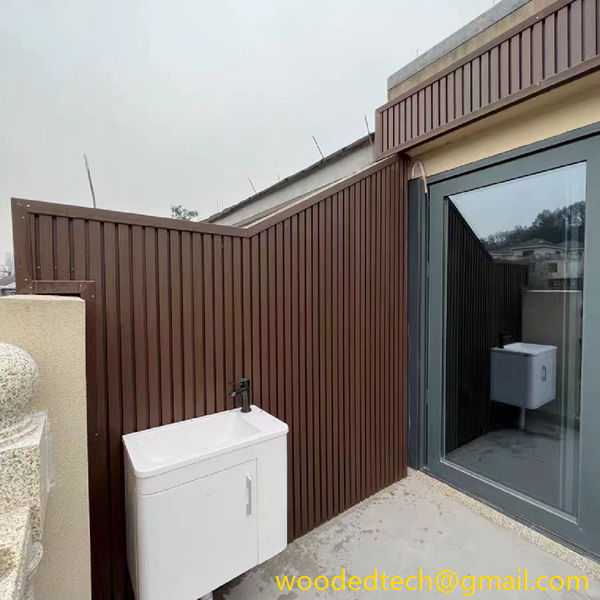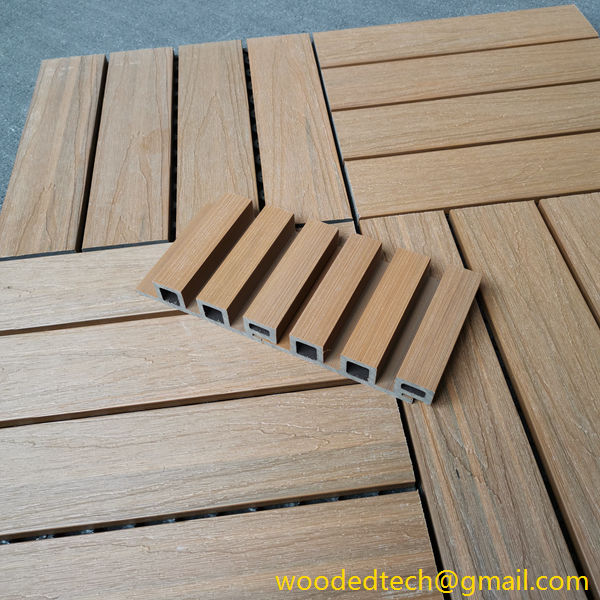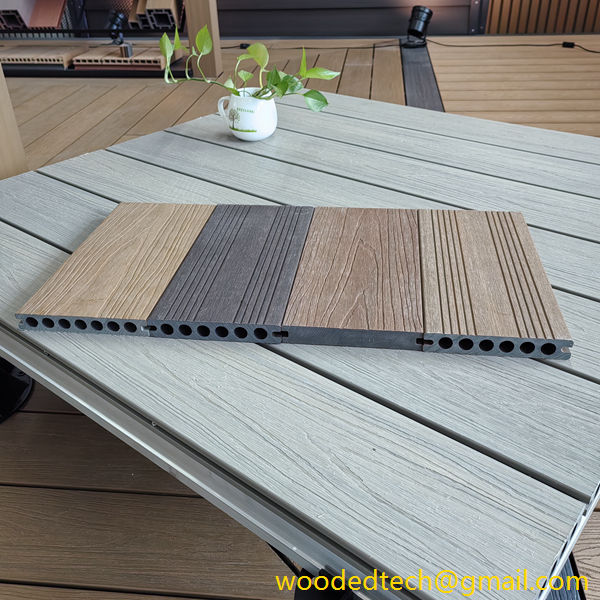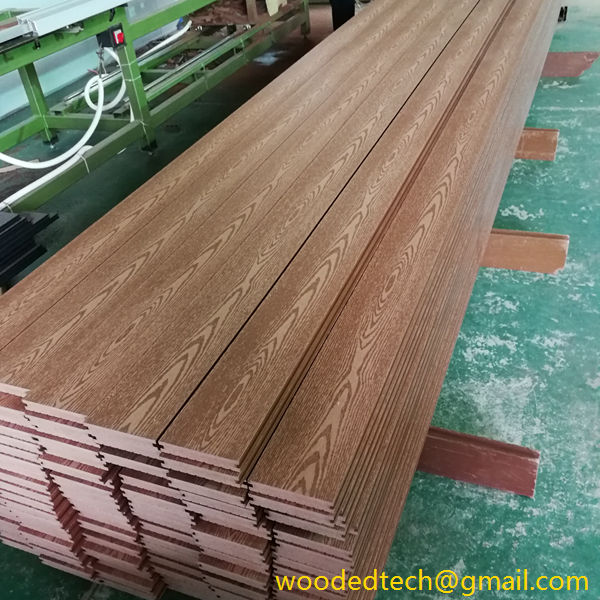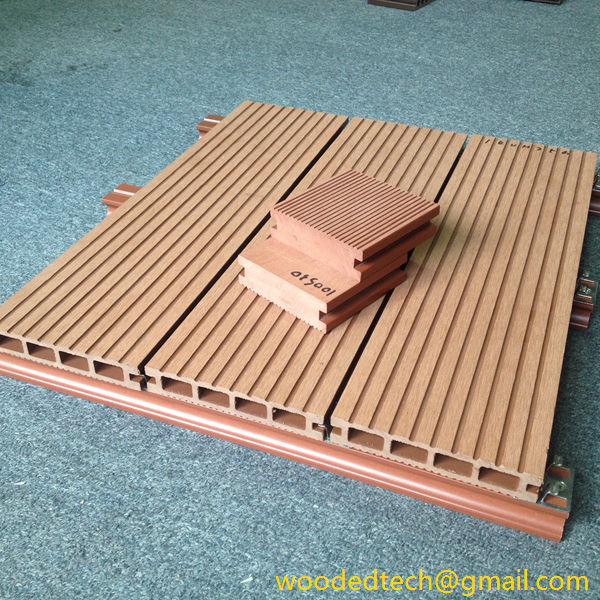Изучение методов экструзии ДПК для улучшения характеристик и долговечности продукции
Экструзия древесно-полимерного композита (ДПК) в последние годы получила широкое распространение, в первую очередь благодаря своей удивительной универсальности и долговечности. Этот инновационный материал сочетает в себе естественную эстетику дерева и упругость пластика, что делает его идеальным выбором для широкого спектра применений, включая настилы, ограждения и мебель. Процесс экструзии имеет решающее значение...
Wood Plastic Composite (WPC) extrusion has gained significant traction in recent years, primarily due to its remarkable versatility and durability. This innovative material combines the natural aesthetic of wood with the resilience of plastic, making it an ideal choice for a wide range of applications, including decking, fencing, and furniture. The extrusion process is crucial in determining the performance characteristics of WPC products, and understanding the various material styles and techniques involved can greatly enhance product performance and longevity.
WPC is primarily composed of wood fibers or flour and thermoplastic resins, such as polyethylene or polypropylene. The extrusion process involves melting the thermoplastic resin and mixing it with the wood component to create a homogenous material. This mixture is then forced through a die to form the desired shape. There are several factors to consider in the extrusion process, including the type of resin used, the wood content, additives, and processing conditions. Each of these elements influences the final product’s properties, including strength, flexibility, moisture resistance, and overall durability.
One of the most significant advantages of WPC materials is their resistance to weathering. Traditional wood products are susceptible to rotting, warping, and splintering when exposed to harsh environmental conditions. In contrast, WPC products are designed to withstand these challenges, making them suitable for outdoor applications. The addition of UV stabilizers during the extrusion process can further enhance weather resistance by minimizing color fading and degradation caused by sunlight exposure. This aspect is particularly critical for products like decking, where aesthetics and safety are paramount.
In terms of aesthetic appeal, WPC can be manufactured in a variety of styles and finishes that closely resemble natural wood. This is achieved through advanced extrusion techniques that allow for the incorporation of pigments, textures, and surface treatments. For instance, embossing techniques can create a wood-grain finish on the surface of WPC products, enhancing their visual appeal. Such finishes not only provide a natural look but also serve to enhance slip resistance, making WPC an excellent choice for outdoor areas where safety is a concern.
Another essential factor in the extrusion of WPC is the choice of additives. Various additives can be incorporated to improve specific properties of the final product. For example, fire retardants can be added to enhance the material’s resistance to flame spread. Additionally, antifungal agents can be introduced to prevent mold and mildew formation, ensuring that the product remains clean and safe over time. Incorporating these additives into the extrusion process allows manufacturers to tailor the material to meet specific performance requirements.
The extrusion process itself can be categorized into several types, including single-screw and twin-screw extrusion. Single-screw extruders are typically used for simpler formulations, where the primary goal is to achieve a consistent melt and shape. However, for more complex WPC formulations that require thorough mixing of materials, twin-screw extruders are often preferred. Twin-screw extruders provide greater shear and mixing capabilities, allowing for a more uniform distribution of wood fibers and additives throughout the thermoplastic matrix. This uniformity is crucial in ensuring consistent product performance across various applications.
Moreover, advancements in extrusion technology have led to the development of co-extrusion techniques, which enable the production of multi-layered WPC products. Co-extrusion allows for the creation of a protective outer layer made of a different material, providing additional benefits such as enhanced surface durability and improved aesthetics. For instance, a co-extruded WPC deck board may feature a hard plastic outer layer that is resistant to scratches and stains, while the inner layer retains the natural look and feel of wood. This innovative approach can significantly extend the lifespan of WPC products and reduce maintenance requirements.
Recycling and sustainability are also critical considerations in WPC production. The extrusion process can accommodate recycled materials, both in terms of recycled plastic and reclaimed wood fibers. This not only reduces waste but also contributes to a more sustainable manufacturing process. As consumers increasingly seek eco-friendly products, WPC manufacturers are responding by incorporating recycled materials into their formulations, thus appealing to environmentally conscious consumers.
In conclusion, exploring WPC extrusion techniques reveals a wealth of opportunities for enhancing product performance and durability. The combination of wood and plastic creates a unique material that offers the best of both worlds—natural aesthetics and superior resilience. By carefully selecting materials, additives, and processing techniques, manufacturers can produce WPC products that meet a wide range of performance requirements and aesthetic preferences. As technology continues to advance, the potential for innovative WPC applications will only expand, further solidifying its position as a leading choice for outdoor and indoor products alike. With its many advantages, WPC stands poised to play a significant role in the future of sustainable building materials and design.

